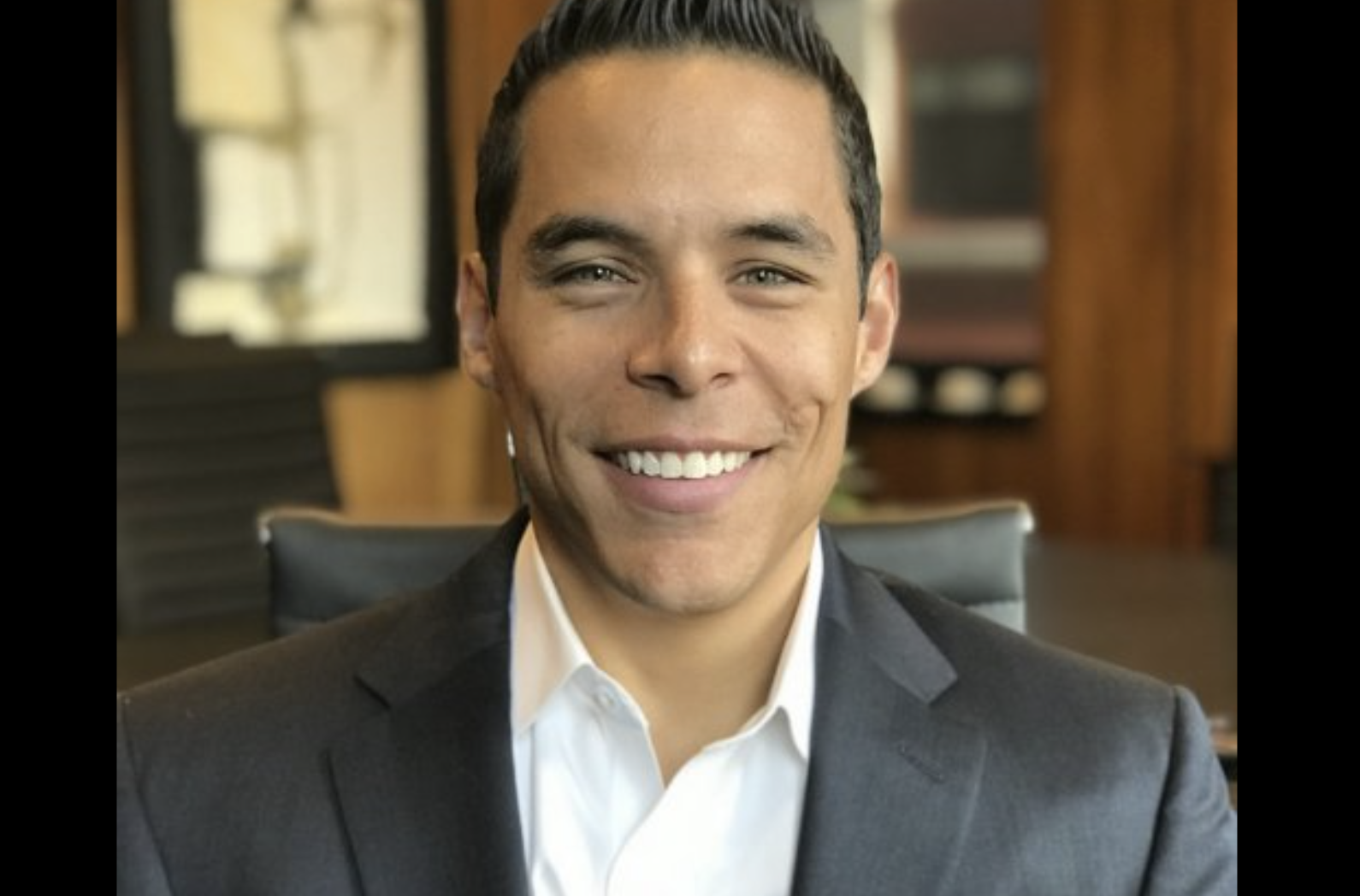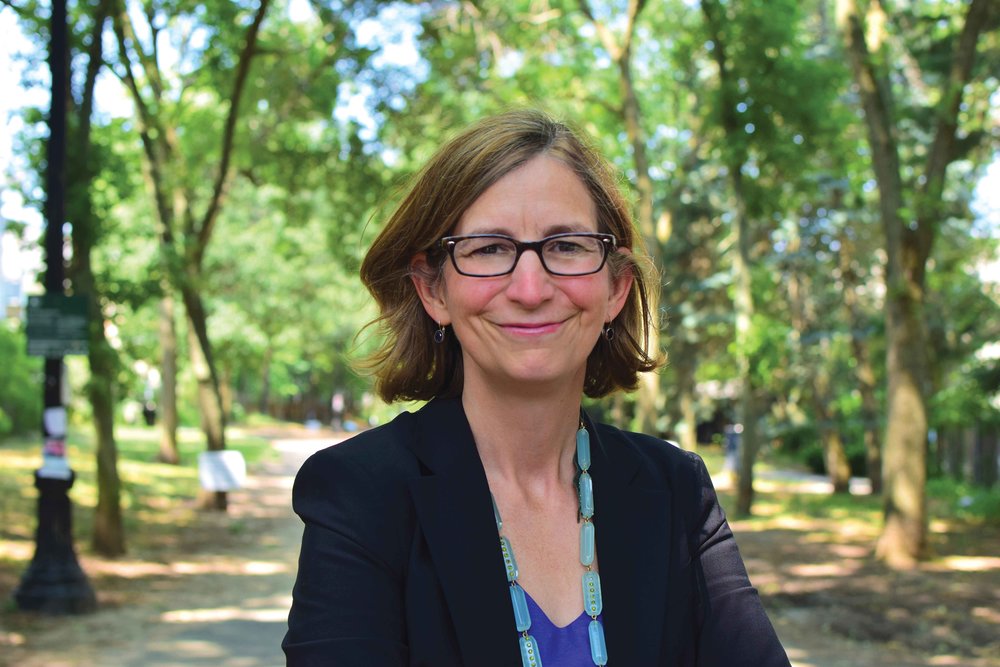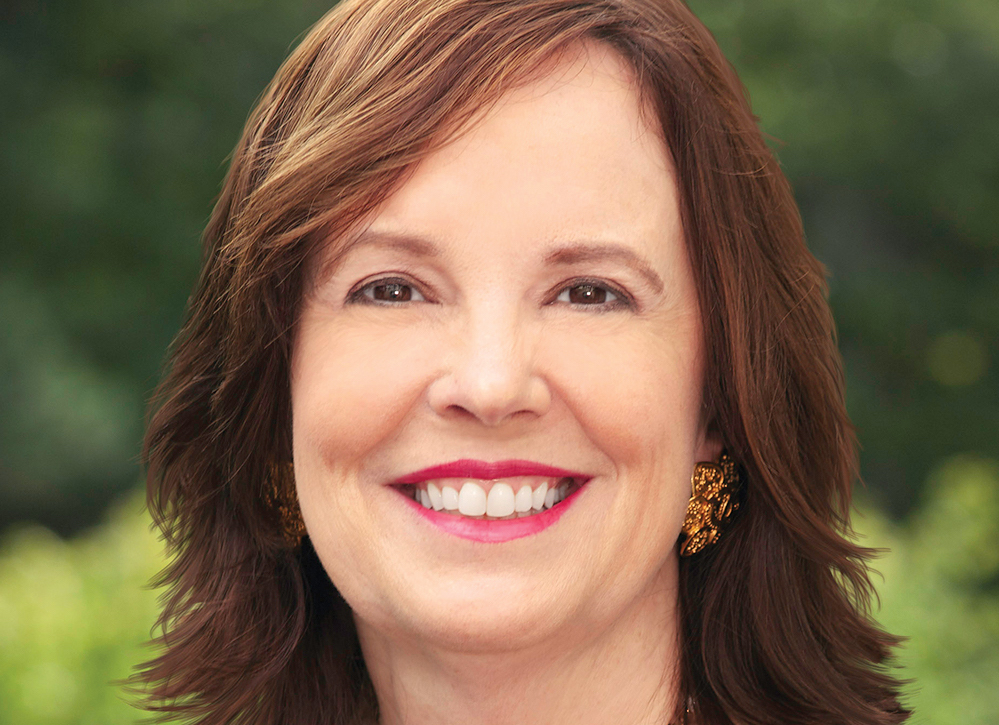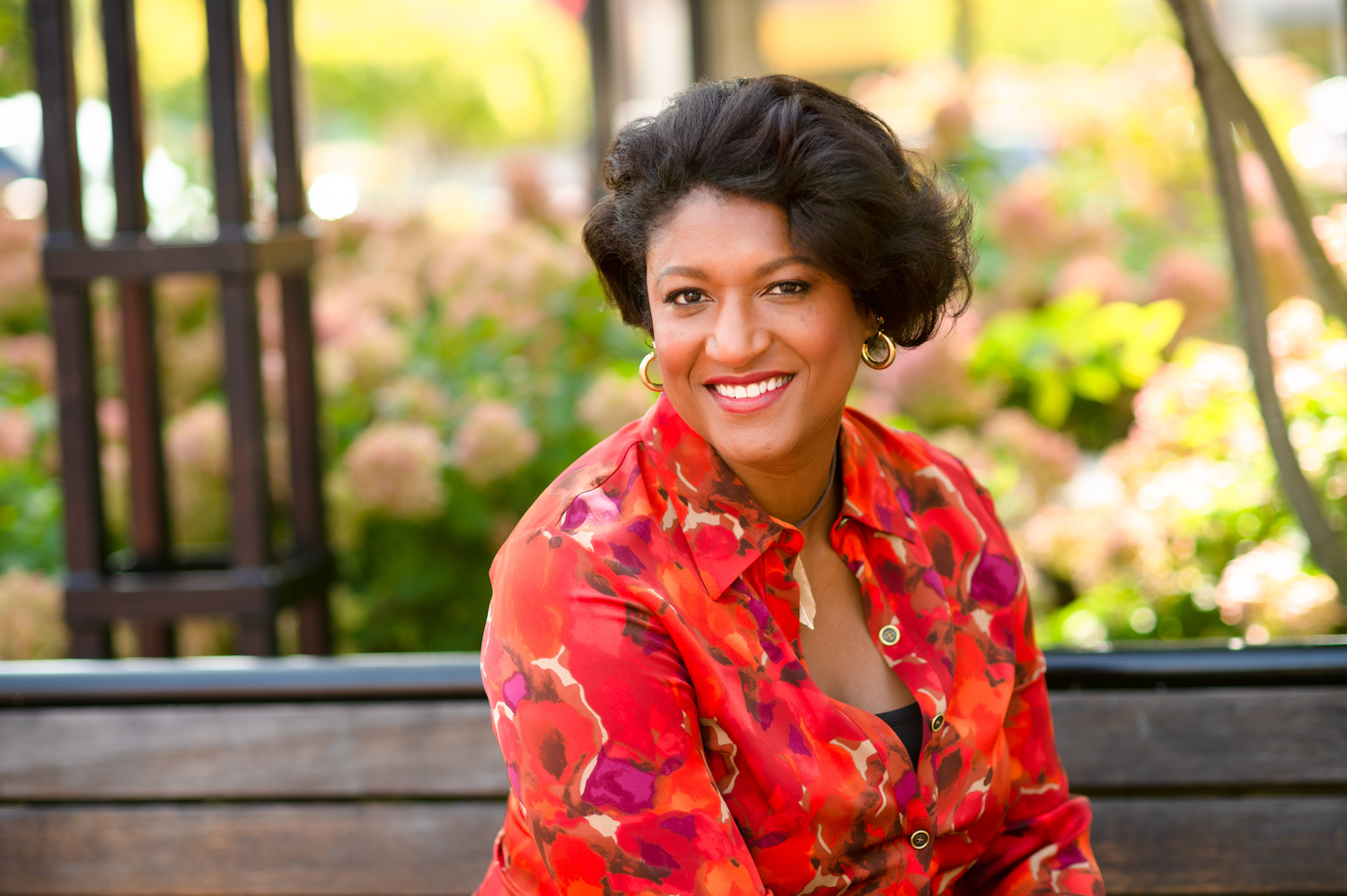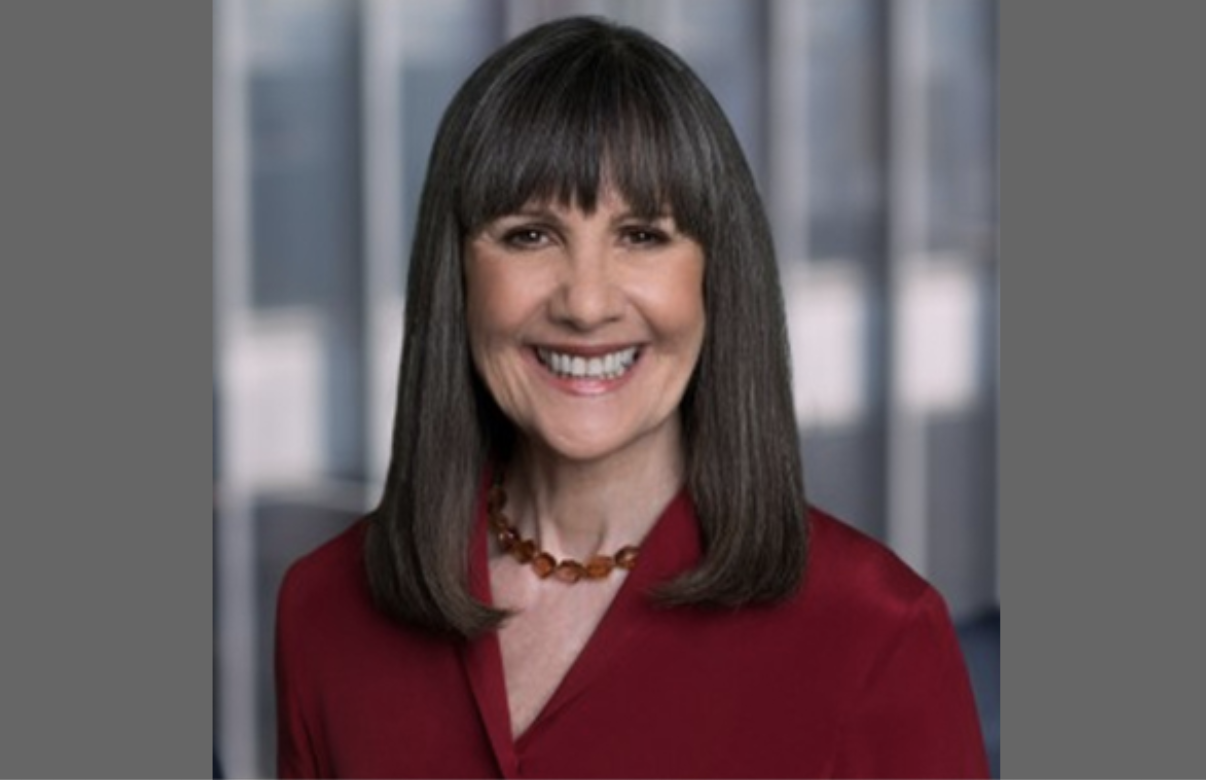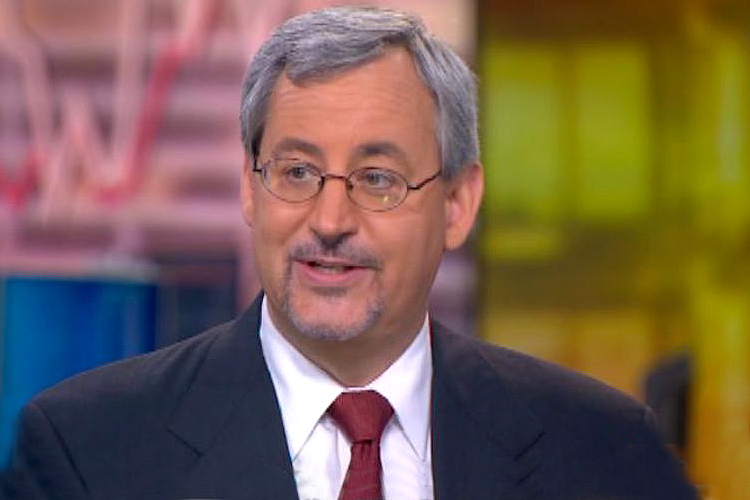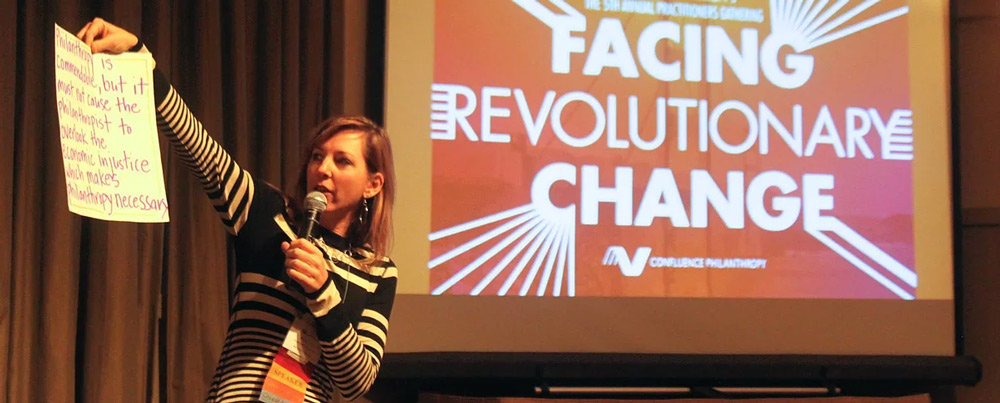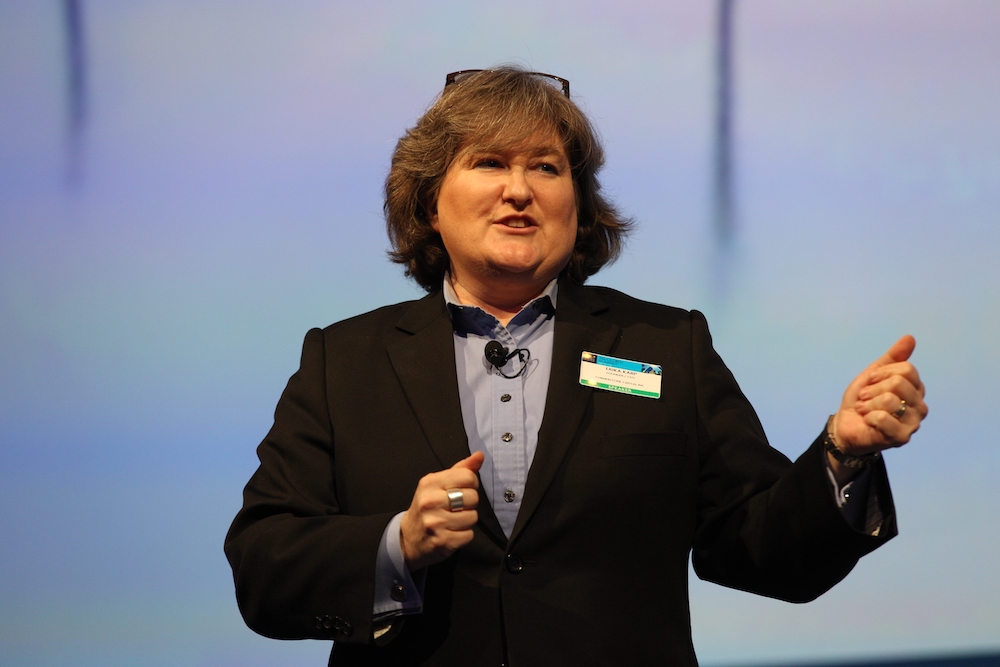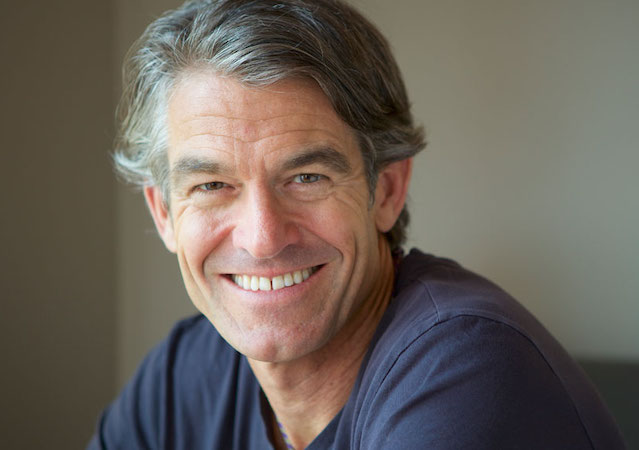Back in 2017, I started receiving questions about my personal portfolio from industry peers.1 Like me, none of them had a $10+ million balance sheet, so they asked how/where they might invest with impact. I shared Beth Bafford’s helpful article and said I’d soon write a similar blog.
I apologize it’s taken so long — and must emphasize this communication is not a solicitation or offer to sell investment advisory services. It is for informational purposes and doesn’t constitute a complete description of available investment services. Please read our full disclosures here.
I’ve divided my portfolio into the six asset classes we use at Caprock to segment the investable universe. Each has different financial return expectations, performance drivers, liquidity profiles, etc., enabling us to construct diversified portfolios that deliver consistent compounding of after-tax returns. But each asset class also has varying potential to drive social and/or environment benefits.
Cash and cash equivalents
Every impact investor should start here: community banks and credit unions have been driving impact by lending money within underserved areas for decades. They were impact investors before impact investing was cool. While some may suggest that community development financial institutions (CDFIs) accept heightened risk by serving these populations, studies show their track records are as strong as their conventional counterparts.
- Idaho First Bank: We moved our checking accounts to our state-chartered community bank after we moved to Idaho. Our former bank made it quite difficult to sever ties, but their ugly operations were intolerable. If your community bank is like ours, it won’t offer the lowest mortgage rate, the highest interest rates, or the snazziest website. But we trust our bank now.
- Self-Help Federal Credit Union: We keep most of our cash in a money market account here because Self-Help is one of the nation’s largest, most high-impact CDFIs. Their products are used to finance small business lending, affordable housing, and other community development activities in a range of states. Their yields are competitive with other credit unions, and as interest rates plummeted this year, were abnormally better than those offered by big-name custodians.
- C-Note: This “Cash Equivalent” doesn’t offer daily liquidity like your typical bank. Withdrawals require a 30-day notice on a quarterly basis, which makes cash management tricky. The good news is that their “Flagship Fund” offers an illiquidity premium: their Annual Percentage Yield (APY) is currently 2.75%. Additionally, these loans fund small businesses, affordable housing, and community development in low-income areas.
Fixed income
I don’t carry as much exposure here as I should. (When I first wrote this blog, I owned some World Bank Group Sustainable Development Bonds, but those have matured.) The combination of historically low interest rates — and, correspondingly, the ongoing threat that those rates will rise, soon, one day (right?) — has compelled me to accept heightened concentrations elsewhere. But those are trade-offs I’ve been willing to accept.
Public equities
I hold stocks in a wide variety of accounts (e.g., taxable, retirement, 529s, UTMAs), spread across multiple custodians. Consequently, my Public Equities are diffused across various exchange-traded funds (ETFs) — almost all of which are low-cost and have an ESG overlay — as well as some select individual securities.
Unfortunately, since many ETFs are built to mimic the performance of select benchmarks, most of mine contain a few energy names I’d prefer not to own (e.g., Halliburton, BP… ugh). I’ve tried to obtain as much geographic and stylistic diversification as possible. But this has been challenging; there still aren’t many low-cost ESG ETFs in certain niches. Nevertheless, my expectation is that my ESG ETFs either minimize fossil fuel exposure and/or allocate to “best-in-class” actors, thereby generating long-term outperformance. (I’ll remain silent on the question of whether securities traded on a public exchange can create tangible impact, and just say that I view investments in this asset class merely as a values alignment effort.)
- iShares MSCI All Country World Index (ACWI) Low Carbon Target ETF (CRBN): This is my preferred vehicle for global large-/mid-cap equity exposure, with much lower carbon exposure than the broad market.
- SPDR® S&P® 500 Fossil Fuel Reserves Free ETF (SPYX): A great option for domestic large-cap stocks that has outperformed the S&P 500 since its inception in November 2015.
- iShares ESG MSCI Europe, Australasia and Far East (EAFE) ETF (ESGD): This is much more targeted on large-/mid-caps within international developed markets than CRBN. Vehicles like this and ESGE (below) allow me to adjust my geographic weights in response to market conditions.
- iShares ESG MSCI Emerging Markets ETF (ESGE): Like ESGD, this fund offers targeted geographic exposure.
- Nuveen ESG Small-Cap ETF (NUSC): Another targeted, stylistic exposure to small-cap stocks, which is hard to obtain given the large-cap bias of many indexes.
- Nuveen ESG Large-Cap Value ETF (NULV): I added this a year ago, partly because I had avoided value stocks for years, and partly because there had never been an ESG, value-focused strategy.
- Vanguard ESG US Stock ETF (ESGV): Here’s one from the low-cost ETF leader. Given that its performance has been virtually identical with SPYX since its inception, I’ll start using this lower-cost, all-cap strategy rather than SPDR’s option.
- Goldman Sachs U.S. Large Cap Equity ETF (JUST): I gave this ETF a try, despite my aversion to active management, after it made a big splash back in the summer of 2018.
- iShares India 50 ETF (INDY): For this strategy (and the following three exposures), I decided years ago to make concentrated investments that are unhinged from my impact passions. India’s growth potential is appealing — and I hope they find a way to do it in a more sustainable manner.
- Invesco QQQ Trust (QQQ): This isn’t a values-aligned strategy; I believe tech has exacerbated the income inequality that my Cash holdings are trying to ameliorate. So this is a contradiction for me.
- Alphabet Inc (GOOG): “Don’t be evil,” amirite? Few companies stir so much passion amongst investors. I understand Google’s criticisms, but believe the corporation is doing some interesting things with its Moonshot Factory.
- Amazon (AMZN): This company topped Slate’s “Evil List.” I wondered a few years ago why the company would fight a shareholder proposal that sought diverse candidates for their board. And I cringe at the waste I’ve created every time I open one of their packages. Another contradiction (argh).
Alternatives
The goals for this asset class are 1) low volatility, 2) uncorrelated returns, and 3) decent liquidity. The minimums can be prohibitively high for me, which is why I only have one exposure.
- TriLinc Global Impact Fund: I loved the way this strategy intended to bring impact investing to Main Street. Its minimum investment ($2000) was meant to attract retail investors, thereby supporting the growth of our industry. The fact that it supports financial inclusion for small- and medium-sized enterprises in developing countries was also appealing. Of course, trade finance has its critics. But I like TriLinc’s commitment to driving — and quantifying — their social benefit, especially when combined with the fund’s steady income.
Real assets
These are typically tangible assets, such as real estate, timberland, or operational infrastructure. The goal is to produce a varying combination of income (e.g., rents, in the case of a multifamily property) and capital appreciation (e.g., from an eventual sale of the apartment). Again, the returns should be uncorrelated from those of the other asset classes.
- Greenbacker Renewable Energy Company: My favorite investment, hands down. Greenbacker owns and operates a large, diversified portfolio of renewable energy assets across the country. These solar, wind, biomass, and other assets generate reliable power, which is then sold off to high credit-quality counterparties via long-term power purchase agreements. The income receives favorable tax treatment, and the expectation is that Greenbacker will eventually sell the entire portfolio at a premium.
Private investments
These are typically venture capital or private equity offerings. Along with Alternatives and Real Assets, I firmly believe that this asset class delivers the most tangible social and environmental benefits. However, Private Investments’ risk profile, illiquidity, and minimums admittedly aren’t for everyone.
- TCG Private Select Partners III: This is a fund-of-funds that Caprock created to provide our clients with access to best-in-class managers. Importantly, we do NOT charge our clients an incremental asset management fee or carry. While it’s not designed to be an impact fund, it includes one education technology strategy (Reach Capital). My hope is that we can add a few more impact managers in the next several years of this fund’s investment horizon.
I’ve tried to channel my passions and purpose into my portfolio. It’s not perfect, but I’m proud of it. I firmly believe everyone should feel the same way about their assets. Here’s hoping blogs like this help you get started!
Nick Flores is a client advisor at Caprock. Thanks to Confluence Philanthropy, where this post was originally published.
1 In a distinction that may only interest me, the only people from whom I have EVER received this question have been female. Given that 1) I’ve been asked nearly 20 times and 2) the investment world is overwhelmingly male, I would have thought that the ratio might be a bit more balanced. But ego is a powerful deterrent to the acquisition of information.

